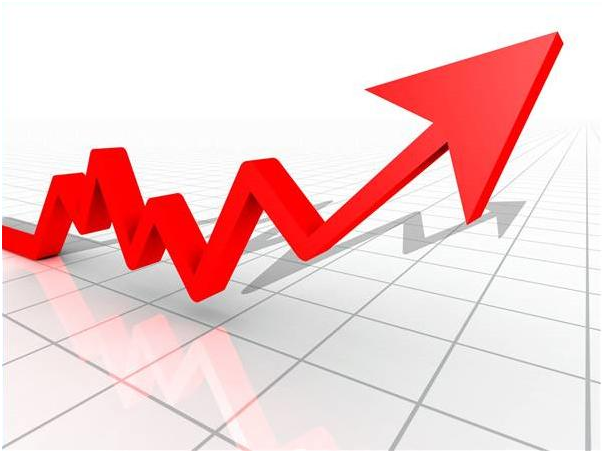Businesses need a compelling online presence in order to secure sales today and shore up their prospects for the future.
This is because the design of a site can make or break the standing of a firm in an age when clients and customers are increasingly web savvy.

Luckily you do not need to rely on your own internal resources to spruce up a website, since there are many affordable third party agencies that can help.
For example, if you are seeking a website designer in Cardiff then a company like http://ambercouch.co.uk could cut the cost of improving your site and help to boost sales.
But whether or not you decide to outsource web design, there are some tips and tricks that you may want to follow to make the most of the online market.
Tackling Typography
It may seem like a minor concern when compared with things like the interface and page load speeds, but the typography you pick for your site can say a lot about your business. And it is the first thing that many visitors will see, so it needs to be chosen effectively.
Typography’s impact is not just felt online when it comes to convincing casual visitors to convert in to paying customers: it continues to play a role in determining decisions made in the real world, including during the recent general election.
Font choice is important, as is the contrast between the colour of the copy and the background on which it is set. The minimalistic approach is sensible in an age when people are increasingly browsing from mobile devices, so stick with just a few fonts which complement each other and make copy pop.
This ties into the importance of consistency when it comes to the presentation of the site as a whole, and thus your business. Uniting the style of the font and the layout of pages is as important as creating a single tone of voice for the copy contained on pages.
Perfecting Performance
A website can look great and even feature a responsive design that helps it to adapt to a range of browsers and devices, but if performance is not up to scratch then visitors will abandon it in their droves.
Even Google is slightly behind the curve on this factor, at least in terms of how it ranks mobile pages, since desktop load speeds are still being taken into account for the time being.
Ideally a page will load in less than a second, with a sub three second load being acceptable to the majority of visitors. But anything over this time will result in a significant increase to your bounce rate, meaning performance optimisation is key.
This is intertwined with the design of the site itself, even if things like visitor location and server performance also play a role. So make this a focus of any design consultation you have, and think about how a site loads and performs across desktop and mobile platforms for the best results.

